The facts to consider:
Why do we say that sunscreen is out, think zinc? Well, sadly, one in five of us will have skin cancer over the course of our life time, being more common than all other cancers combined. Exposure to the sun’s harmful ultraviolet UV-B ‘sun burn’ rays is the most preventable risk factor for skin cancer, while UV-A ‘aging’ rays form a lifetime cumulative contributor to premature skin aging known as photo-aging, while also capable of damaging DNA and causing skin cancer. 75% of that exposure tends to fall in our adult life! It is a myth that a darker skin type/complexion renders protection from these effects. If you smoke and/or drink your life-time risk goes up.
Unfortunately: ONLY 25% OF SUNCREENS OFFER RISK-FREE BROAD-SPECTRUM PROTECTION, while others do but often at the expense of more than a dozen chemicals. One of such chemicals, oxybenzone fortunately is found less and less. Furthermore, SPF claims above 60-70 only fool users into a false sense of superior protection. Look instead for products that contain Zinc Oxide, and Titanium Dioxide; these render true sunblock!! We carry ISDIN, EltaMD, Avène, SkenBetter Science ‘SunBetter’, and others. Some come in a convenient spray that comes in handy to cover the kids!
Melanoma is the most dangerous form of skin cancer, but if it is recognized and treated early, it is almost always curable. Cover up with clothing, a hat, or sunglasses when you’re in the sun. You should also use sunscreen with an SPF of 50 or higher every day. Better yet: Take advantage of zinc in a true sunblock. They’ve come a long way and come just the way you like: Lotion, cream, brush-on powder, stick, compact, spray, sheer, tinted; you name it!. Apply the sunscreen to your entire body 30 minutes before going outside, and reapply every two hours or after swimming or sweating. Melanoma usually occurs in the form of moles, so it’s important to keep an eye out for skin changes and see your physician every year for a ‘mole patrol’.
Protect yourself and those in your care by:
- Seeking shade, especially between 10 am and 2 pm
- Wearing protective clothing (long sleeves, wide-brimmed hat, sun-glasses)
- Using good sun screen/sun block to exposed areas. It is important to look for the wording: “Broad spectrum”, and while you are at it: “80 minutes water resistant”. SPF (sun protection factor) is a measurement of protection against only UV-B rays. Anything 50-and-up is good; zinc generally beats SPF though because of added UV-A protection.
- Using enough (~1 oz. ‘shot glass’ equivalent should do); re-apply every 2 hours, after swimming/sweating including back, neck, face, ears, tops of your feet and legs. If you have thinning hair, either apply sunscreen to your scalp or again wear a wide-brimmed hat. It is NOT a good idea to (ab)use sunscreen to stay out longer. An SPF 15 or more with Zinc lip balm is good as well.
- Get into the habit of daily, year around use. UV-A is everywhere, even behind glass (think driving). Again, sunscreen is out think zinc!
We at MindYourSkin advocate for sun block, and say ” sunscreen is out think zinc “
This avoids the question of the overall safety of sun screens while providing excellent protection! Sunscreens use chemicals to filter down damaging UV-A and UV-B light from the sun, while sun block uses zinc and/or titanium to get the job done by reflecting it. Studies have shown that common sun screen ingredients get absorbed into the bloodstream and stay there well after application (especially Oxybenzone has been in roughly two-thirds of sun screen sold in the US, but is almost eliminated over in Europe and banned in Hawaii).
Oxybenzone is also in breast milk, is a well known cause of contact allergies and poses a threat to marine eco-systems including coral reefs. Because of higher rates of absorption in young children, do not use ‘chemical’ sun screens under 6 months of age. So the FDA says that chemical sun screens cannot be labeled generally safe and effective. Does that mean the risks outweigh the benefits? NOT AT ALL. But more study is needed!
What to look for while saying sunscreen is out think zinc:
Physical sun block (containing zinc oxide or titanium dioxide); these are usually hypoallergenic. They aren’t absorbed into the skin and do not harm the environment. Spoiler alert: The current day sun blocks don’t make you look pasty white, because the zinc is micronized. We have seen many product lines come and go as they evolved over time, exceeding our expectations. Our current favorites are the sun blocks from ISDIN, Avène and SkinBetter Science and we have them available to you at our Office.



Avene Compact SkinBetter ToneSmart ISDIN Brush
Enjoy the sun in moderation 🙂
Dr. Robben

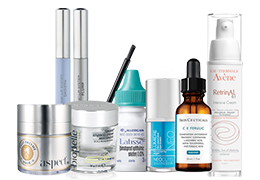
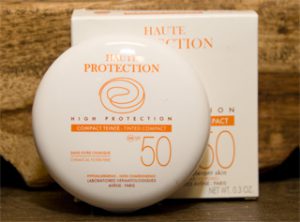
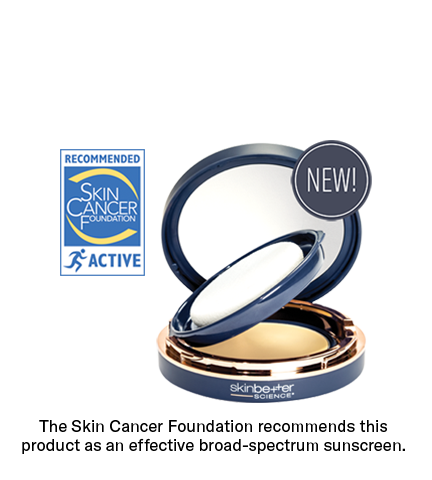
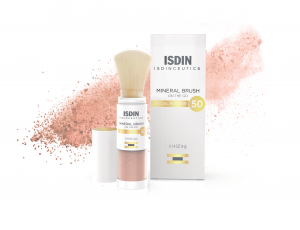

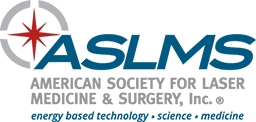
 c
c